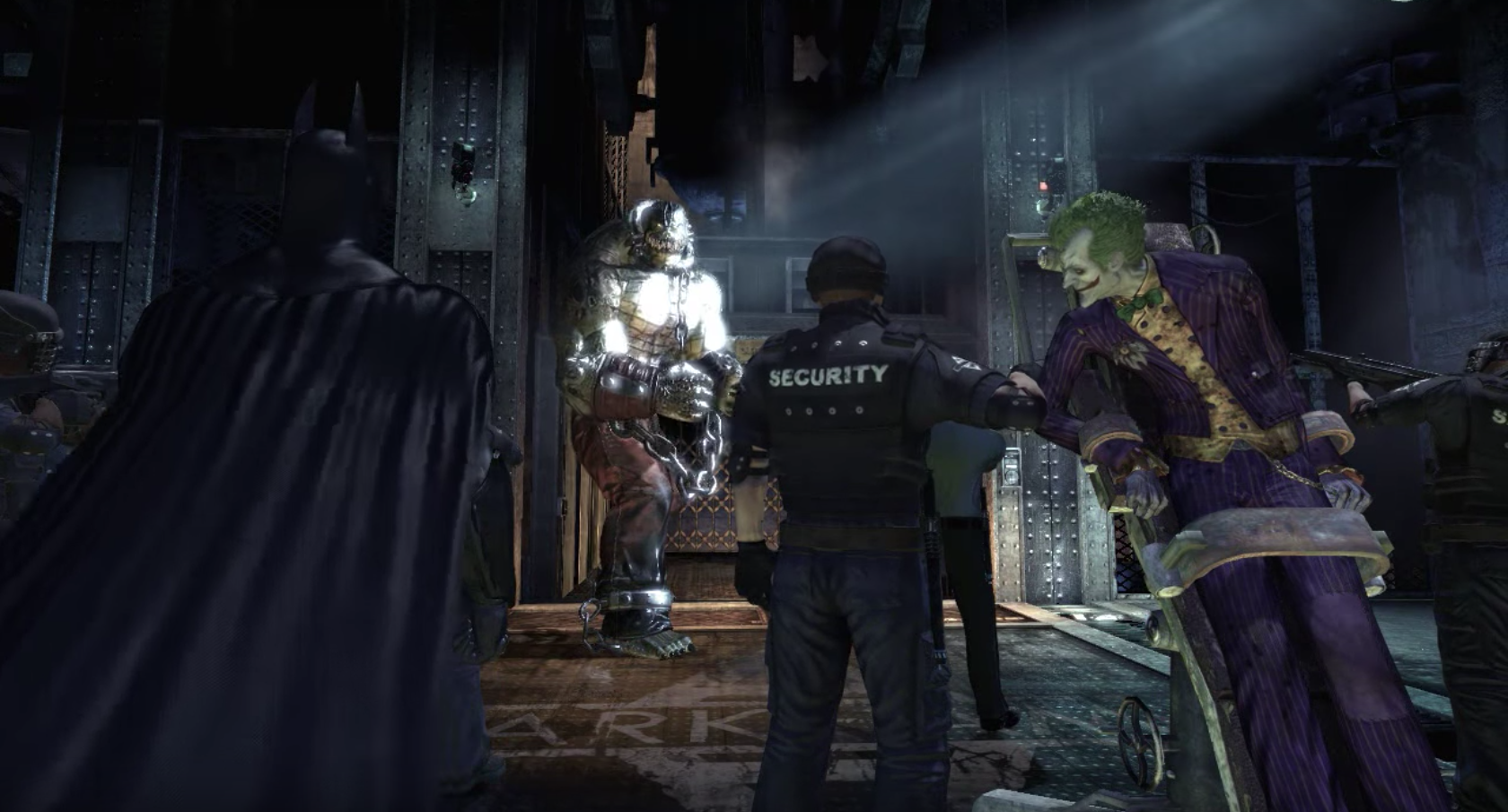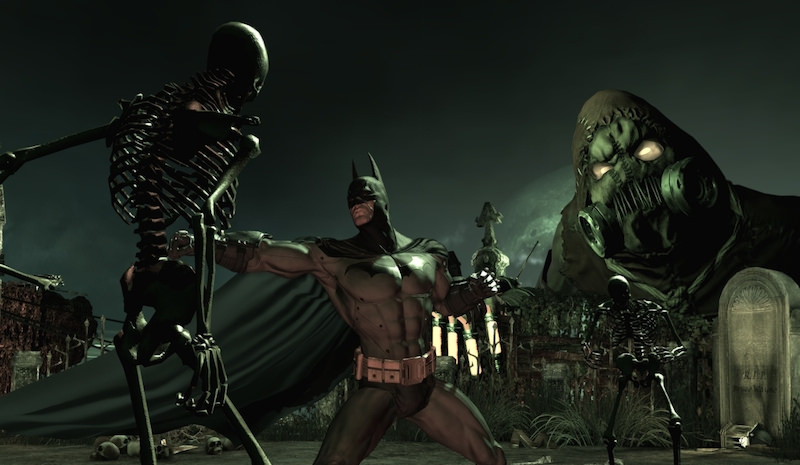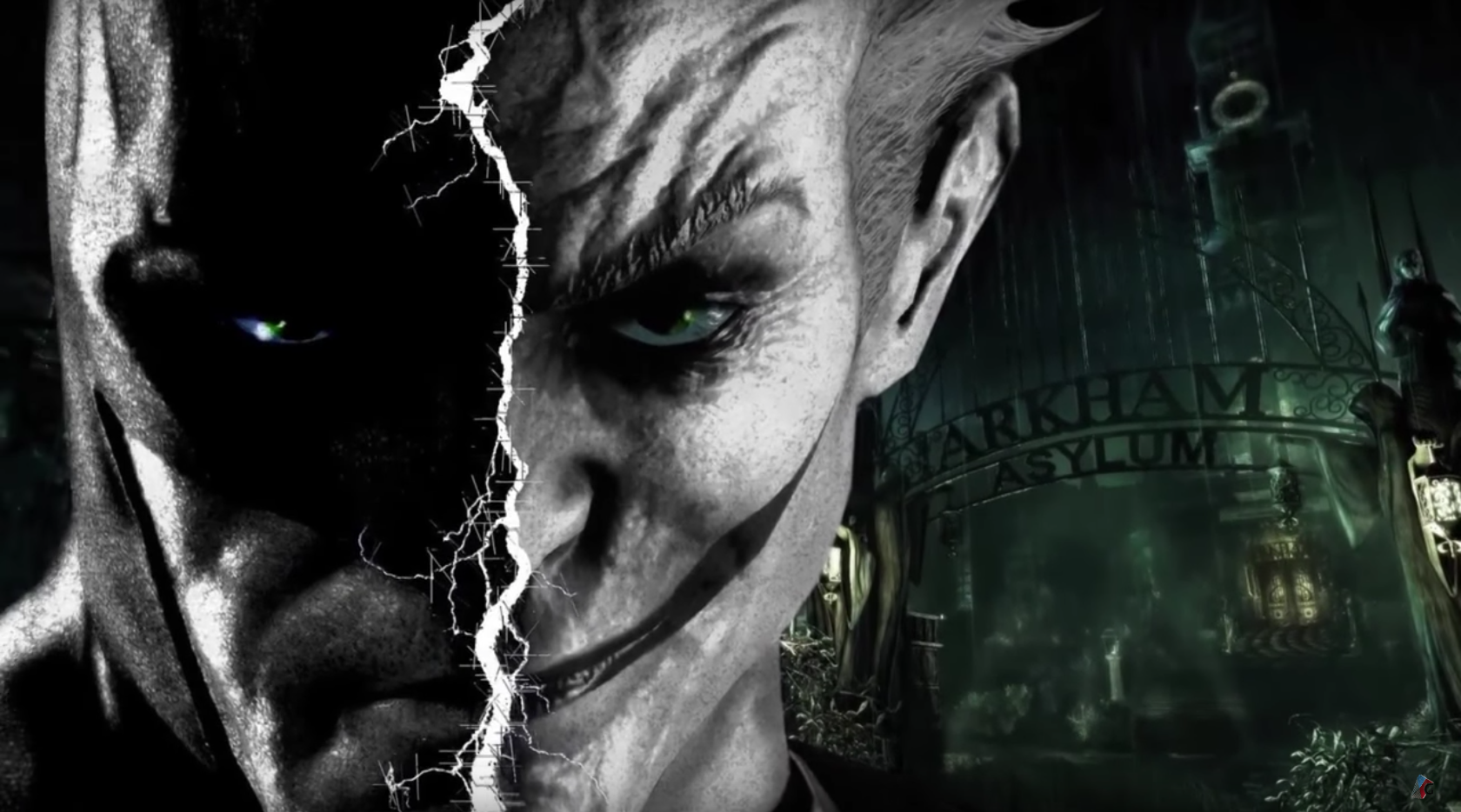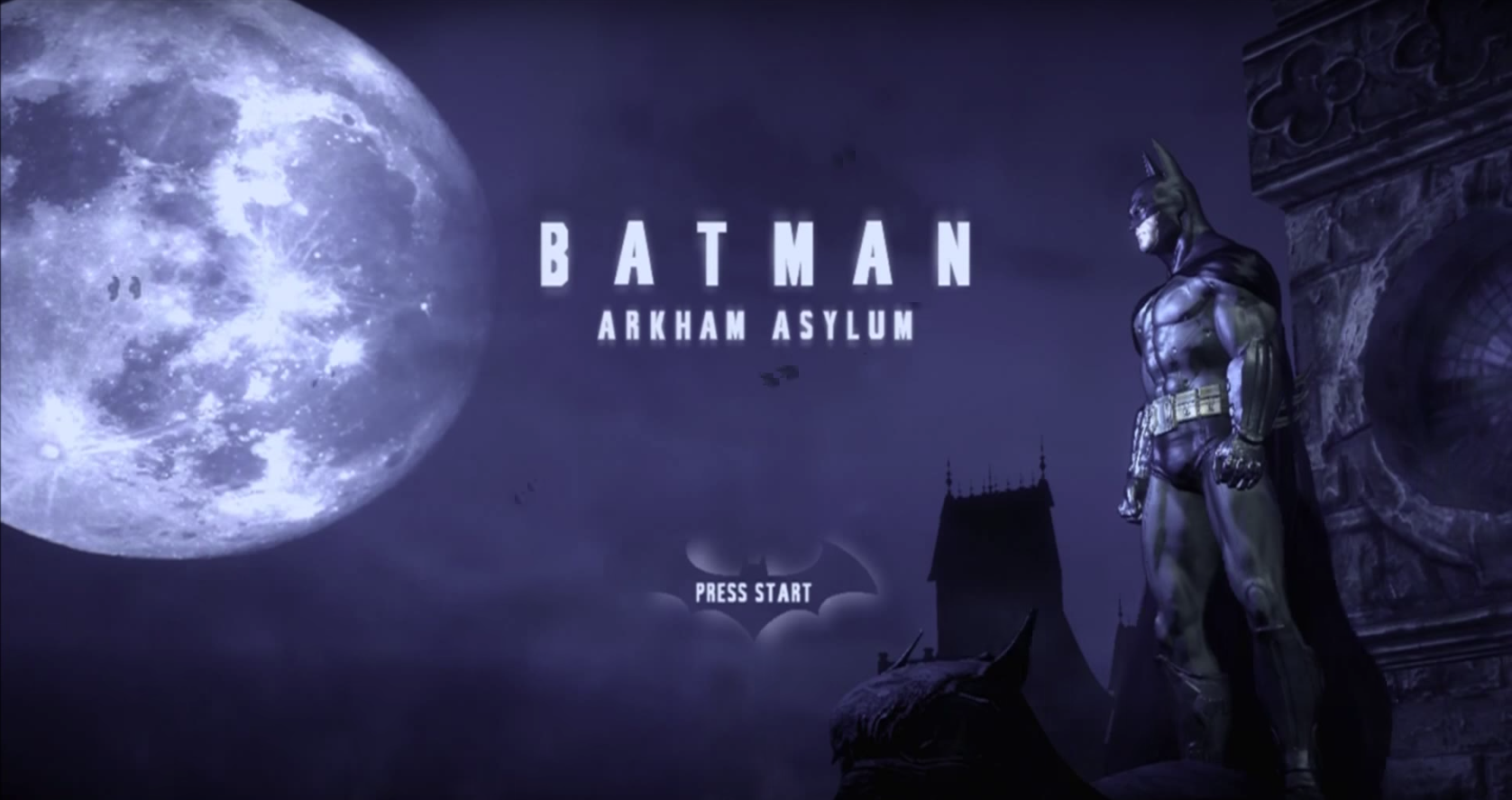Licensed titles and video games usually never mix well. Think of all the bad games based on a movie or TV show out there.
It’s even worse with superheroes. Most games based on a spandex-clad protagonist are either blatant ripoffs of something else, try to do something different and fail horribly or just aren’t able to capture what makes being that superhero unique and fun. Think “Superman” on the Nintendo 64.
But ever so often a game comes out that stands tall above the rest and makes playing as your favorite costumed vigilante a breathtaking experience, like 2004’s “Spider-Man 2.”
That brings us to this week’s game, “Batman: Arkham Asylum.” Developed by then-unknown studio Rocksteady, the game came out on August 25, 2009 and introduced gamers to a Batman universe that was unique, and not connected to another film or comic series.
It starred Kevin Conroy and Mark Hamill reprising their much-lauded roles from “Batman: The Animated Series” as Batman and The Joker, respectively. The story was written by “B:tAS” regular Paul Dini and features several easter eggs and nods to other Batman stories.
 Rocksteady began production on the game in May 2007 with a 40-person team that expanded to 60 by the end of it. The president of Eidos Interactive stated that one member of the development team worked for two years solely on Batman’s cape, requiring approximately 700 animations and sound clips.
Rocksteady began production on the game in May 2007 with a 40-person team that expanded to 60 by the end of it. The president of Eidos Interactive stated that one member of the development team worked for two years solely on Batman’s cape, requiring approximately 700 animations and sound clips.
There were several cut characters and game mechanics that didn’t see the light of day due to the short development time.
Rocksteady intended to have Batmobile driving sections and Batwing levels, but didn’t have the time or manpower to get it done. They also wanted to include the Mad Hatter and Mr. Freeze in the game but weren’t able to fit them in the story by the deadline.
The game starts with Batman taking arch-nemesis The Joker back into custody at Arkham Asylum. He’s leary, as Joker didn’t put up much of a fight when he was captured.
These fears are confirmed when Joker breaks free and uses Harley Quinn to lock off the Asylum and frees every inmate, including many of his thugs and a good chunk of the Bat’s solid rouge gallery. Some of them include: Poison Ivy, Scarecrow and Killer Croc.
The story goes through several twists and turns, and each of the villains mentioned get their own parts of the game to shine, with the Scarecrow sections in particular creating a fantastically creepy atmosphere.
 The asylum isn’t huge, and only has five big areas to explore: a mansion, the courtyard, medical facility, the prison/treatment center and a makeshift Batcave hidden in the sewers.
The asylum isn’t huge, and only has five big areas to explore: a mansion, the courtyard, medical facility, the prison/treatment center and a makeshift Batcave hidden in the sewers.
However, this is a strength of the game, as rather than being constrictive, the tight environments challenge the player to find creative ways to explore, stealthily take out enemies and find the plethora of Riddler challenges packed in every nook and cranny.
There are 240 of these riddles scattered throughout the island. It includes trophies hidden behind walls and in vents, riddles to solve by scanning the environment and interview tapes for several of the main villains. These aren’t easily found and sometimes require the use of gadgets acquired later in the game, helping the replayability of it.
These trophies serve a purpose, as it unlocks character bios, trophies of characters and more backstory and depth on the story of the game through the interviews.
However, what really puts “Batman: Arkham Asylum” over the top is how the various gameplay mechanics that truly make the player feel like The Dark Knight.
 Combat took on a rhythm-based approach with the Freeflow system. Batman now bounces back and forth between groups of enemies, punching or kicking them. It’s all done by pressing the attack button and moving the analog stick. He also has to counter other enemy moves to keep the flow and combos going.
Combat took on a rhythm-based approach with the Freeflow system. Batman now bounces back and forth between groups of enemies, punching or kicking them. It’s all done by pressing the attack button and moving the analog stick. He also has to counter other enemy moves to keep the flow and combos going.
It is a simple system that is easy to learn, but tough to master. One wrong move or step out of rhythm and Bats either gets hit or loses the combo.
Add in the chaos of fighting around 15 thugs who have different attack patterns and abilities and it makes for a satisfying feeling when the last evildoer is taken out.
Since its inception, the Freeflow system has been copied by several other third-person action games, most notably both tie-in games for “The Amazing Spider-Man” movies.
The other influential mechanic was Detective Mode. Activated by hitting a shoulder button, Detective Mode lets the player see the environment through Batman’s eyes. Enemies are outlined in blue, and places of interest are marked as well.
The Dark Knight can see all the gargoyles he can repel to, vents he can hide in, and security terminals he can override through this mechanic.
It also allows the player to follow trails left behind by enemies that point them toward their next objective.
It works very well and allows the player to formulate a plan during encounters with armed enemies, who are deadly if alerted. It adds variety to the gameplay and really adds credibility to Batman’s “World’s Greatest Detective” moniker.
While other games had used similar mechanics, “Arkham Asylum” made the most out of it and soon other franchises followed suit. It has been used in games such as “The Witcher 3,” “Tomb Raider” and “Persona 5,” among others.
 Upon its release, “Arkham Asylum” received rave reviews, scoring a 92 out of 100 on Metacritic, and it held the Guinness World Record for the “Most Critically Acclaimed Superhero Game Ever” until three years later when it was beaten by its sequel “Batman: Arkham City.”
Upon its release, “Arkham Asylum” received rave reviews, scoring a 92 out of 100 on Metacritic, and it held the Guinness World Record for the “Most Critically Acclaimed Superhero Game Ever” until three years later when it was beaten by its sequel “Batman: Arkham City.”
It has appeared on numerous gaming sites’ lists of their best games of 2009, best superhero games, end of the decade lists and lists of the best games of the PS3/Xbox 360 console generation.
“Arkham Asylum” opened the door for more “Batman: Arkham” media to be made, including three more main series installments, four handheld/mobile games, a VR game, a tie-in comic series and an animated movie.
This game was an eye-opening experience for me. I never played a Batman game before and was really introduced to the character a year before the game came out, by watching both “Batman Begins” and “The Dark Knight.”
It introduced me to so many different parts of the Batman mythos, like Mark Hamill’s Joker, Batman’s policies on not killing enemies and I saw many members of his rogue’s gallery for the first time.
I would hazard a guess that the success of this game led to a change in attitude, and inspired developers and creators of licensed content to put time and effort into their games, since licensed games are getting better, take the new “South Park” games for example. It definitely influenced the approach taken by Insomniac Games, the developers of the forthcoming “Spider-Man” game.
This game, and “Arkham City” have arguably the greatest Batman story ever told, and the replayability and fantastic controls make it a series I am excited to return to every now and then.
If you’re a Bat-fan who enjoys video games, I encourage you to pick this one up if you haven’t already. Nine years later, and it still holds up.
 Henry Wolski
Henry Wolski
Executive Editor


